When we go to market for purchasing capacitors we got a little bit confused because of availability of different types of capacitors vary in their characteristics and have their pros and cons. Some capacitors can be used in high voltage applications while others used in low voltage applications, some have very low leakage rates and some have high leakage rates etc. Here we provide a list of various types of capacitors, its characteristics behaviour etc. Have a look over it.
Types of capacitors
(i) Tantalum Capacitor
Dielectric material: Tantalum Pentoxide
Type: Polarised
Characteristics:
- It offers a very high capacitance level for their volume and is available in both leaded and surface mount formats.
- The Voltage rating of tantalum capacitors varies from 2V to more than 500V.
- It is preferred over aluminium capacitors because it is smaller, lighter and more stable and is very intolerant of being reverse biased, even got damaged or explode sometimes when placed under stress.
- When we subject this capacitor to high ripple currents (high current spikes) or voltages above their working voltage it got damaged because it has a potentially dangerous failure mode.
- Always use these capacitors in analog signal systems that lack high current-spike noise.
(ii) Ceramic Capacitors
Dielectric material: Ceramic
Type: Non-polarized
Characteristics:
- These capacitors are composed of materials such as titanium acid barium as its dielectric and used in many applications from audio to RF.
- It usually made with very small capacitance values, typically between 1nF and 1µF, although values up to 100µF are possible.
- One of its famous capacitors is ceramic NP0 is used as an ultrastable or temperature compensating capacitor in large research laboratories.
- These are well suited for higher-frequency applications because it has low inductance and widely used for many applications like decoupling etc.
- In these capacitors following geometries are used like ceramic tubular capacitors and barrier layer capacitors due to their size, parasitic effects or electrical properties.
(iii) Polystyrene capacitor
Dielectric material: Polystyrene
Type: Non-polarized
Characteristics:
- It is constructed like a coil inside so they are not suitable for high-frequency applications.
- It offers normally tolerance of 5% to 10%, but high precision polystyrene capacitors offer a tolerance of 1% and 2%.
- It is good for use in coupling and storage applications because it has high isolation resistance.
- They are tubular in shape and by adding inductance will limit their frequency response to a few hundred kHz.
- One of its disadvantages is that it changes its value permanently when exposed to temperature over 70°C and will not return to their old value upon cooling.
(iv) Silver Mica
Dielectric material: Mica and oxides of silver
Type: Non-polarized
Characteristics:
- It is made by depositing a thin layer of silver on a mica dielectric and shows tolerance of 1% or less.
- Silver Mica Capacitors are very stable with respect to time and has good temperature coefficient used in resonance circuits and high-frequency filters.
- Nowadays it is very much popular because it offers low loss, high levels of stability, and accuracy.
- For high-power applications such as RF transmitters, silver mica capacitors are still indispensable.
- They are also used in high-voltage circuits, because of their good insulation.
(v) Electrolytic capacitor
Dielectric material: Electrolytes
Type: Polarized
Characteristics:
- It uses an electrolyte to achieve a larger capacitance than other capacitor types. An electrolyte is a liquid or gel containing a high concentration of ions.
- It offers high capacitance values typically above 1μF, operating voltage up to few hundred volt Dc and are most widely used for low-frequency applications like power supplies, decoupling and audio coupling applications etc.
- It acts as a low pass filter and smoothens the input and output if the signal is Dc signal.
- Due to the power dissipated at the parasitic internal resistance called equivalent series resistance (ESR) it will not work well with large amplitude and high-frequency signals.
- It is also used as a filter in audio amplifiers and reduces noise signals.
(vi) Polypropylene capacitor
Dielectric material: Polypropylene
Type: Non-polarized
Characteristics:
- A Main key feature of this capacitor is its high working voltage i.e. up to 3000V and it cover the value range of 100pf to 10µF.
- It also has high isolation resistance which makes it an ideal choice for coupling, noise suppression, blocking, bypassing, coupling, filtering, timing, and handling pulses and storage applications.
- It has great tolerance values of about 1%, so it’s pretty precisely close to its nominal values and it is independent of time and voltage i.e. it changes very little when time and voltage applied.
- They exhibit stable capacitance for frequencies below 100 KHz.
(vii) Supercapacitor
Dielectric material: Physical barrier made from activated carbon
Type: Polarized
Characteristics:
- Super capacitors are used to store and release energy just like batteries and usually have a larger lifespan.
- It is suitable for a number of instances because of its high current and high storage capability.
- These are uniquely designed capacitors have very high capacitances in the range of farads and to achieve higher voltage ranges it is generally placed in series rated up to 2.5V maximum.
- It is mostly used in memory battery back-up i.e. it will get charged when a system is running and then deliver that charge to the system in case of switch off the power supply and helps in making the smooth running of your work without any interruption caused due to power breakage.
- To supply energy in a peak power demand conditions, it is typically used in tandem with a complementary power source.
- It is used in electrical power trains, regenerative braking systems, storing the energy reclaimed during braking and then releasing it to power an electric motor.
Want to know more about capacitors then click below:
Capacitors construction and working
Capacitors symbols and markings
Hope you all like this article. For any suggestions please comment below inside the box. We always appreciate your suggestions.
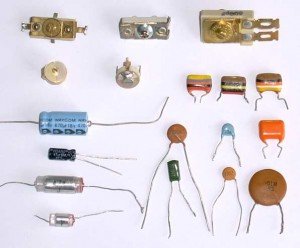
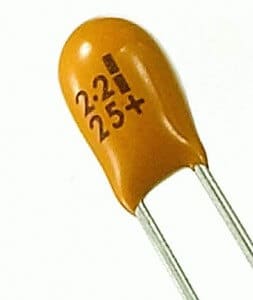
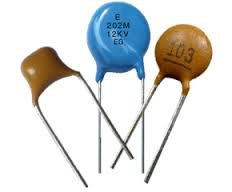
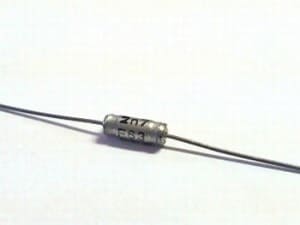
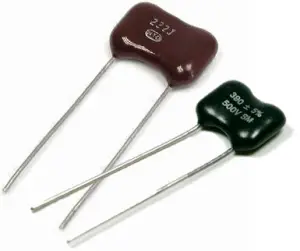
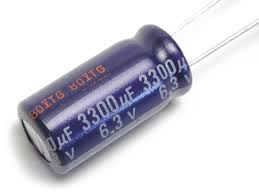
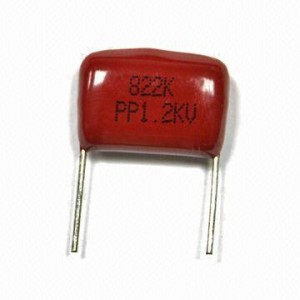
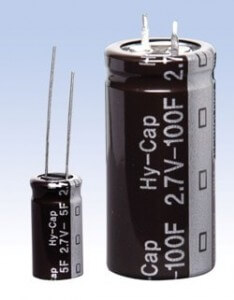
Request for quotation
Dear Sir/Ma’am,
Good day !
I would like to request a quotation for the item below.
PLEASE QUOTE:
50PCS- Capacitor 471J
50PCS- Capacitor C103
50PCS- Capacitor K1K
—
Notes:
*Weight / Height
*Minimum order value
*Minimum order quantity
* Freight fee to Manila Philippines